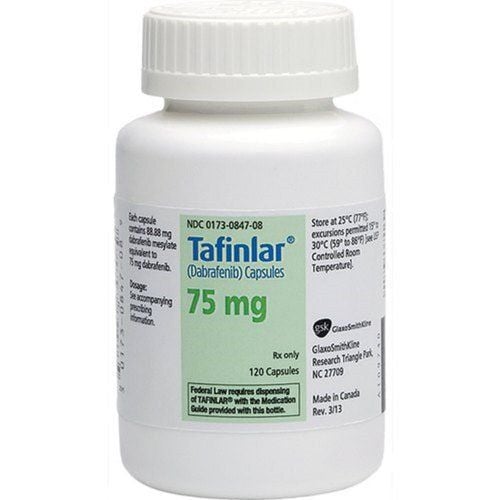This is an automatically translated article.
The most common types of tumors in the scalp and neck are melanoma, lymphoma, hemangioma... with a diameter of more than 10cm. Most scalp and neck tumors are benign. However, the rest may be a manifestation of a more serious disease such as an infection or cancer that requires surgical intervention to remove.
1. Indications and contraindications for surgical removal of tumors of the scalp and neck
1.1 Indications Scalp and neck tumor removal surgery is indicated when:
Tumor is cancerous in nature or is suspected of cancer. Large tumor causing entanglement, is a hard tumor under the scalp and neck that affects life functions or aesthetics. 1.2 Contraindications Do not perform surgical removal of tumors in the scalp and neck in the following cases:
Tumors with no indications for surgery (eg, large skin cancers, predicted not to have enough skin to cover flaps. ..) Patients who are too old and weak, patients with heart failure, severe kidney failure unable to withstand major surgery.

Không thực hiện cắt u vùng da đầu với những bệnh nhân bị suy tim
2. Cut all types of tumors in the scalp and neck with a diameter of more than 10cm
2.1 Preparation steps Performer: Experienced head and neck surgeon.
Means:
Surgical software kits. Means of anesthesia, endotracheal intubation (if necessary). Medical records:
According to regulations of the Ministry of Health. Note the description of the tumor, its size, and other systemic diseases, if any (cardiovascular disease, diabetes...). 2.2 Steps to perform surgery Anesthesia: Local anesthesia or endotracheal intubation
Patient position: Depending on the type of tumor, the position of the tumor, prepare the appropriate posture
Make skin incisions:
Depending on the type of tumor, it is possible to make an incision around the tumor or on the tumor. If it is cancer, the incision must be wide according to the principles of cancer surgery.

Gây tê tại chỗ trước khi tiến hành phẫu thuật
Carry out surgery, cut the tumor:
Dissect the tumor out of the surrounding healthy tissue, especially the nerves - blood vessels. Cut the tumor when the surgery is done. Perform hemostasis: Stop bleeding with Bipolar or electrocautery. If necessary, a continuous suction drain can be placed. Carrying out suturing and closing the incision: according to anatomical classes
2.3 Monitoring of complications and handling after surgery Bleeding: It is possible to bleed from the skin edge, small blood vessels during surgery. Treatment: Cut the thread to stop the bleeding.
Surgery to cut tumors of the scalp and neck with a diameter of more than 10cm is a relatively difficult surgical method that requires the operator to have full expertise and experience. At the same time, it is necessary to have adequate appropriate medical equipment to help increase the success rate and minimize possible complications.
Any questions that need to be answered by a specialist doctor as well as if you need to be examined and treated at Vinmec International General Hospital, please book an appointment on the website for the best service.
Please dial HOTLINE for more information or register for an appointment HERE. Download MyVinmec app to make appointments faster and to manage your bookings easily.













